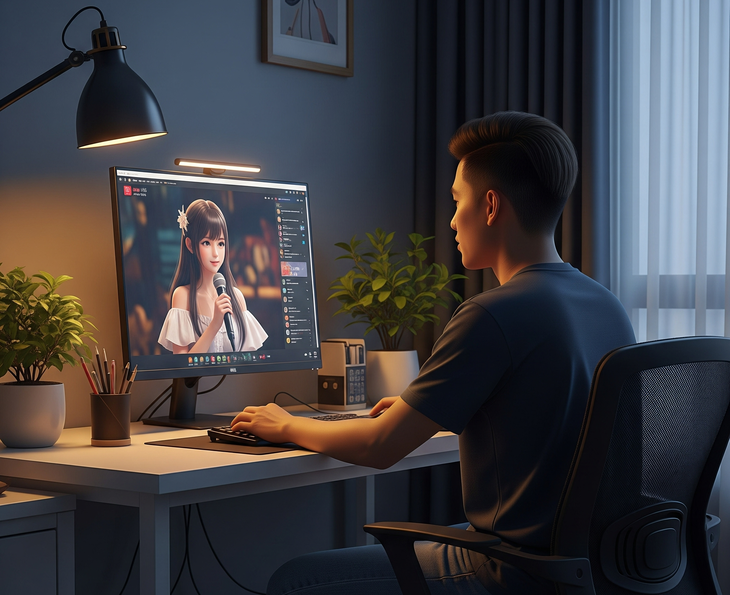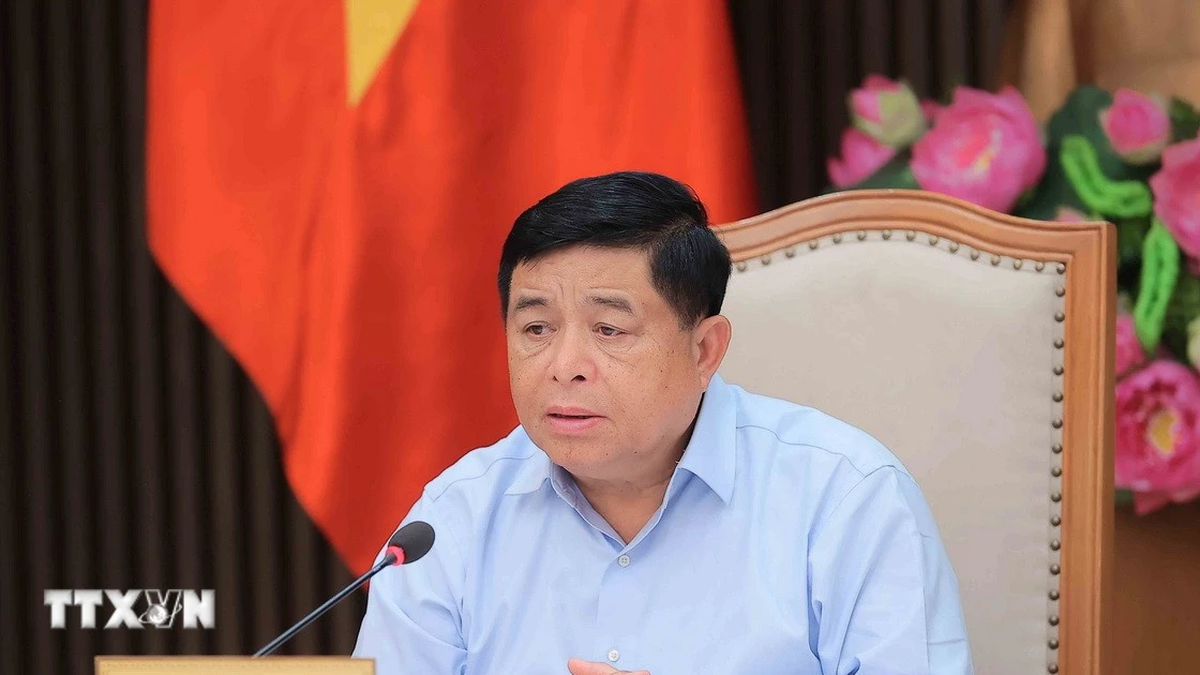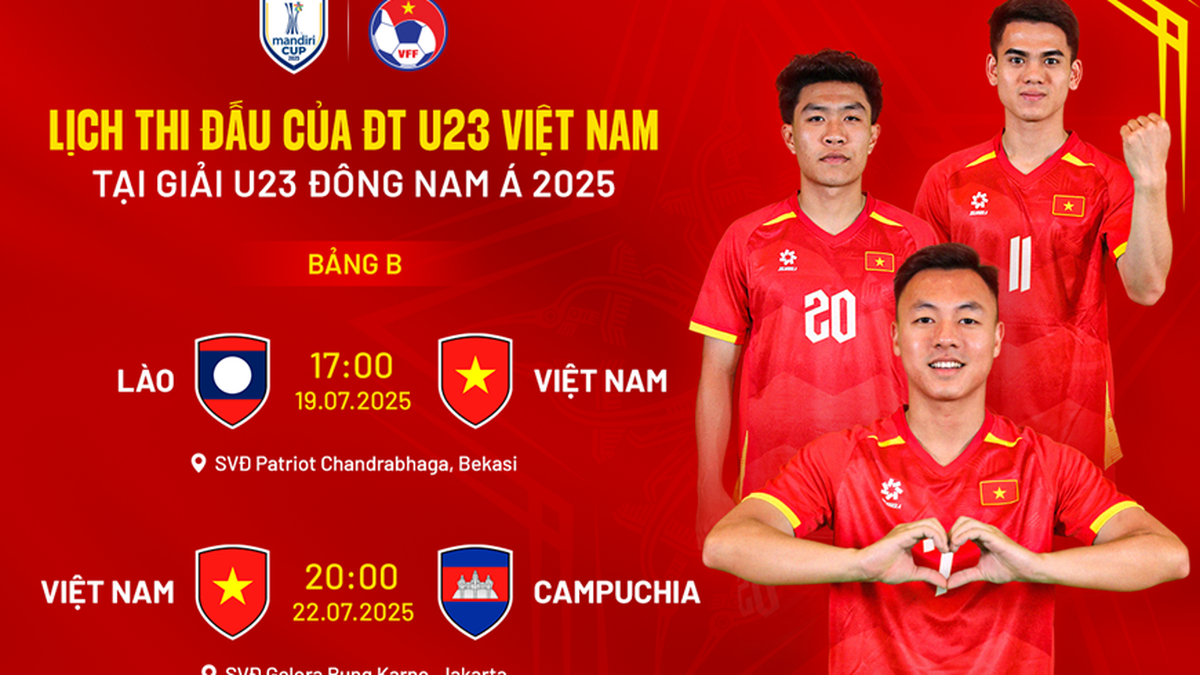
Virtual idols are becoming more and more popular on social networking platforms.
More and more social media celebrities are not real. They don't eat, don't sleep, don't make mistakes, but have millions of followers and bring in steady revenue thanks to the AI technology behind them.
Idols promoted by AI
Using voice cloning, 3D image simulation and language modeling technologies, a virtual character is created and “comes to life” on a digital platform. They are able to speak, make facial expressions, interact with real-time comments and maintain a consistent public image.
A prominent example is Kizuna AI, a Japanese cartoon character who has been on YouTube since 2016. Despite having no real identity, Kizuna livestreams, responds to comments, makes gaming videos , and builds a loyal fan base.
The development team behind "her" used motion capture technology to capture movements, while integrating a voice engine to control voice and reactions.
In Korea, SM Entertainment developed the character Naevis, who is not part of the group aespa but is still an official member. In 2024, Naevis released her own song, with her voice and appearance generated by AI. Her performance movements were all rendered using real-time virtualization technology, while her voice was synthesized from real sample files.
These technologies are not new. Platforms like Synthesia, ElevenLabs, and DeepBrain AI now allow anyone to create a “virtual host” or “virtual streamer” from just text and a voice sample. These tools are commercializing the ability to create celebrities from data.
Real reputation, anonymous operators and the dark side
The proliferation of virtual idols also raises questions: who is behind them? And do fans know they are interacting with an AI?
Not everyone can tell the difference between AI videos and videos shot by real people. Many YouTube and TikTok channels now use voice cloning models to imitate famous people's voices, combined with deepfake images to make the audience believe that the other character is real.
Several cases have been discovered where people have used the voices of politicians or famous artists to make false statements, even calling for money transfers to fake accounts.
Concerns about the misuse of images and identities have prompted many platforms to begin tightening censorship. YouTube requires creators to declare if they use AI-generated voices or images of real people. TikTok and Instagram have also upgraded their algorithms to detect fake content, especially in videos with commercial or political elements.
Another legal issue is ownership: who really “owns” the virtual character? Is it the programmer, the production studio, the posting platform, or the AI that generates the content itself? This is a question that has no clear solution, especially when virtual idols start signing advertising contracts, earning income, and influencing the public.
Source: https://tuoitre.vn/youtuber-ao-idol-ao-dang-kiem-tien-that-khi-ai-tro-thanh-nguoi-noi-tieng-20250715102917569.htm



















































![[Maritime News] More than 80% of global container shipping capacity is in the hands of MSC and major shipping alliances](https://vphoto.vietnam.vn/thumb/402x226/vietnam/resource/IMAGE/2025/7/16/6b4d586c984b4cbf8c5680352b9eaeb0)













































Comment (0)